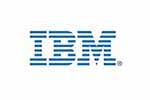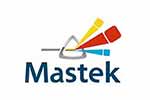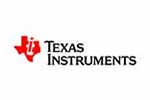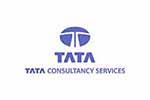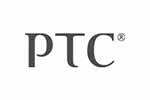Apollo18
 Gear up, to navigate your robot on moon surface !
Gear up, to navigate your robot on moon surface !
This event requires the participant to build a rover (robot) to move through the lunar surface with various obstacles on its way to collect weight samples specified to it. The live feed from the satellite (camera) above the lunar surface will be given to the rover (robot) for navigation.
Prizes worth INR 35,000
Internship Opportunities for Top 2 teams at TCS Robotics Lab
For registrations follow this link https://campuscommune.tcs.com/intro/view_blog/tcs-pragyan-international-techno-management-festiv
Please post your queries related to this event at http://discuss.pragyan.org/t/apollo18-event/71
-
Registration deadline: 6th Feb 2015
-
Abstract submission deadline: 8th Feb 2015.
-
The format for the abstract submission can be downloaded here.
-
Calibration day: A day before the event. During Pragyan 2015.
-
Main event: held during Pragyan 2015
-
Maximum of three participants per team
-
3 Trials per team
-
Bot should be within specified size limits: 20 X 20 X 20 cm
-
Points will be deducted for collision with the obstacles
-
Speed of motors should not exceed 100 RPM
-
Must use own code. - Participants will be asked to explain how code works
-
Bot must be wired - should be tethered to laptop
-
Each team will be given a maximum of three attempts.
-
The total score at the end of an attempt will be the sum of the leftover initial points and the bonus points.
-
Each attempt will end when the initial points deplete.
The diagram given below is a sample arena (It is subjected to change) as viewed from the live camera feed:
(The words “Start” , “ONE”, “TWO”, “THREE” are kept only for understanding purposes and will not be present in the actual arena)
-
The aim of the robot is to collect specified(by us) weight samples from the craters represented as circles of different sizes
-
Each crater represents a particular denomination of weight samples(say, 10x, 20x, 30x gms represented by craters in the ascending order of their sizes)
-
The robot is said to have collected a weight sample from a particular crater if it waits for three seconds over it (else it will not be taken into consideration).
-
Each team will be allotted with 500 points initially
-
One point will be detected for every two seconds the robot spends in the arena
-
The obstacles between “ONE” and “TWO” are well spaced compared to the obstacles present between “TWO” and “THREE”
-
The robot can reach destination “TWO” from “ONE” in two ways and similarly can reach destination “THREE” from “TWO” in two ways. Therefore there are four ways in which a team can achieve their goal and each of them are discussed in detail below:
ONE-TWO via obstacles, TWO-THREE via obstacles:
o Between ONE-TWO
- -20 points for each collision with the obstacles
o Between TWO-THREE
- -5 points for each collision with the obstacles
o If required sample of weight collected:
- 4000 points extra will be awarded
ONE-TWO above blue line(shown in diagram), TWO-THREE via obstacles:
o Between TWO-THREE
- -5 points for each collision with the obstacles
o If required sample of weight collected:
- 2000 points extra will be awarded
ONE-TWO via obstacles, TWO-THREE above blue line(shown in diagram):
o Between ONE-TWO
- -20 points for each collision with the obstacles
o If required sample of weight collected:
- 500 points extra will be awarded
ONE-TWO above blue line (shown in diagram), TWO-THREE above blue line (shown in diagram):
o If required sample of weight collected:
- 50 points extra will be awarded
NOTE: The arrangement of arena(the position and colour of obstacles ) is subjected to change but the rules mentioned above will be same
1. How will I get the camera feed?
The camera will be suspended over the arena and will have a standard USB cable that plugs into a laptop
2. Will there be time for calibration?
Yes. A separate day is allocated for calibrating the robots with the camera
3. Can I bring my own camera?
No. To ensure that the conditions of the contest are the same for all the participants you will have to use the camera that is provided.
4. Will the camera have pan & tilt?
No. The camera will be positioned so that it can see the entire arena. Pan&tilt won't be necessary.
5. Is using OpenCV necessary?
No. You can use any library for image processing. And you can use any language.
Get started with OpenCV: http://docs.opencv.org/doc/tutorials/tutorials.html
The entire details for Apollo 18 can be downloaded here
Shravan

Ashwin


Faculty Advisor
Dhanalakshmi K
Associate Professor
Department- Instrumentation and control engineering
For registrations follow this link https://campuscommune.tcs.com/intro/view_blog/tcs-pragyan-international-techno-management-festiv





